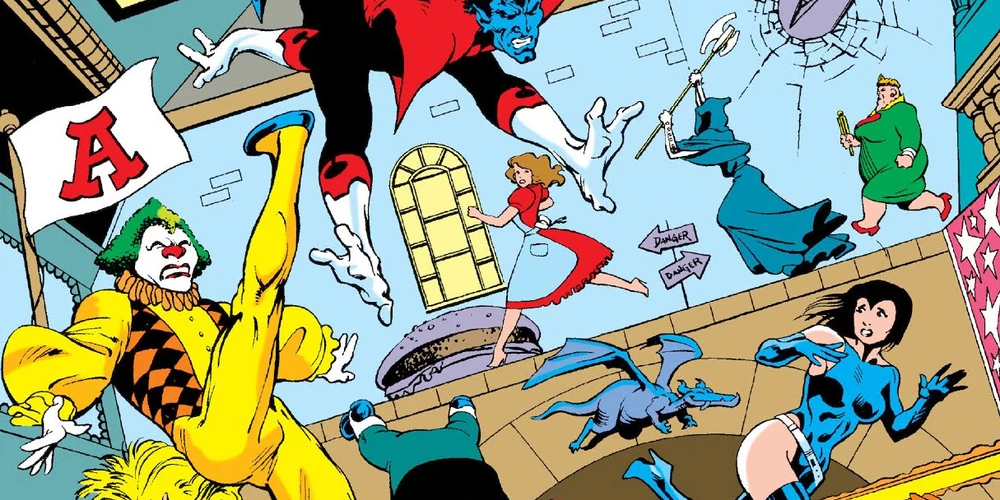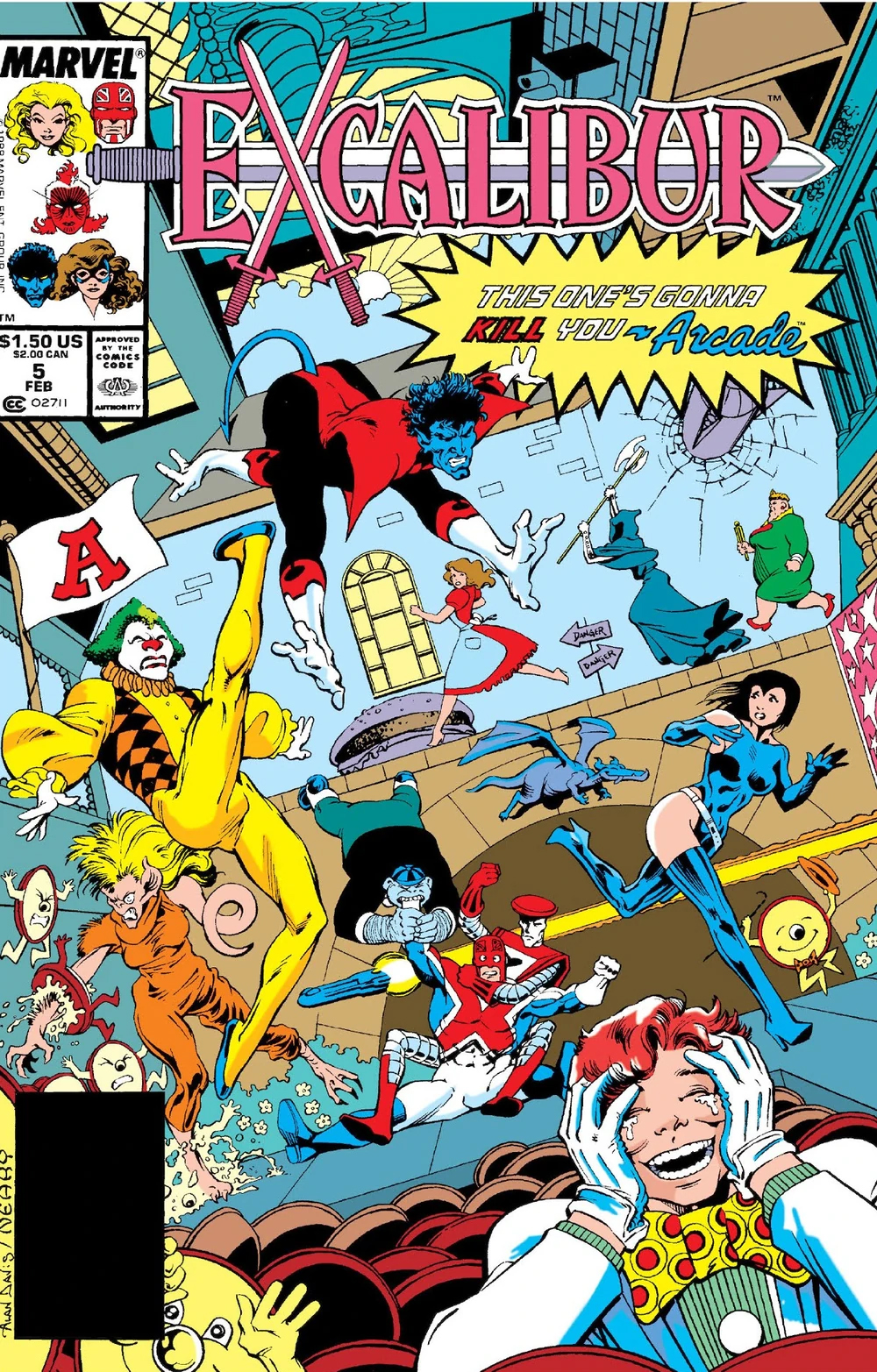Excalibur #5
“Send in the Clowns”
Writer: Chris Claremont
Pencil: Alan Davis
Inks: Paul Neary
Colours: Glynis Oliver
Letters: Tomr Orzechowski
Editor: Terry Kavanagh
Original publication date: February 1989
In this episode, Anna, Mav, Andrew, and comics scholar Shawn Gilmore (@gipperfish), impresario of VaultofCulture.com, discuss Excalibur #5, “Send in the Clowns.” We talk British comics influences, the rise and fall of Courtney Ross, the flexible roles of villains, and a whole lotta supersex, including a very queer, very creamy climax we can only assume the Comics Code Authority was too embarrassed to challenge.
This episode has a video version! Watch it below or on YouTube!
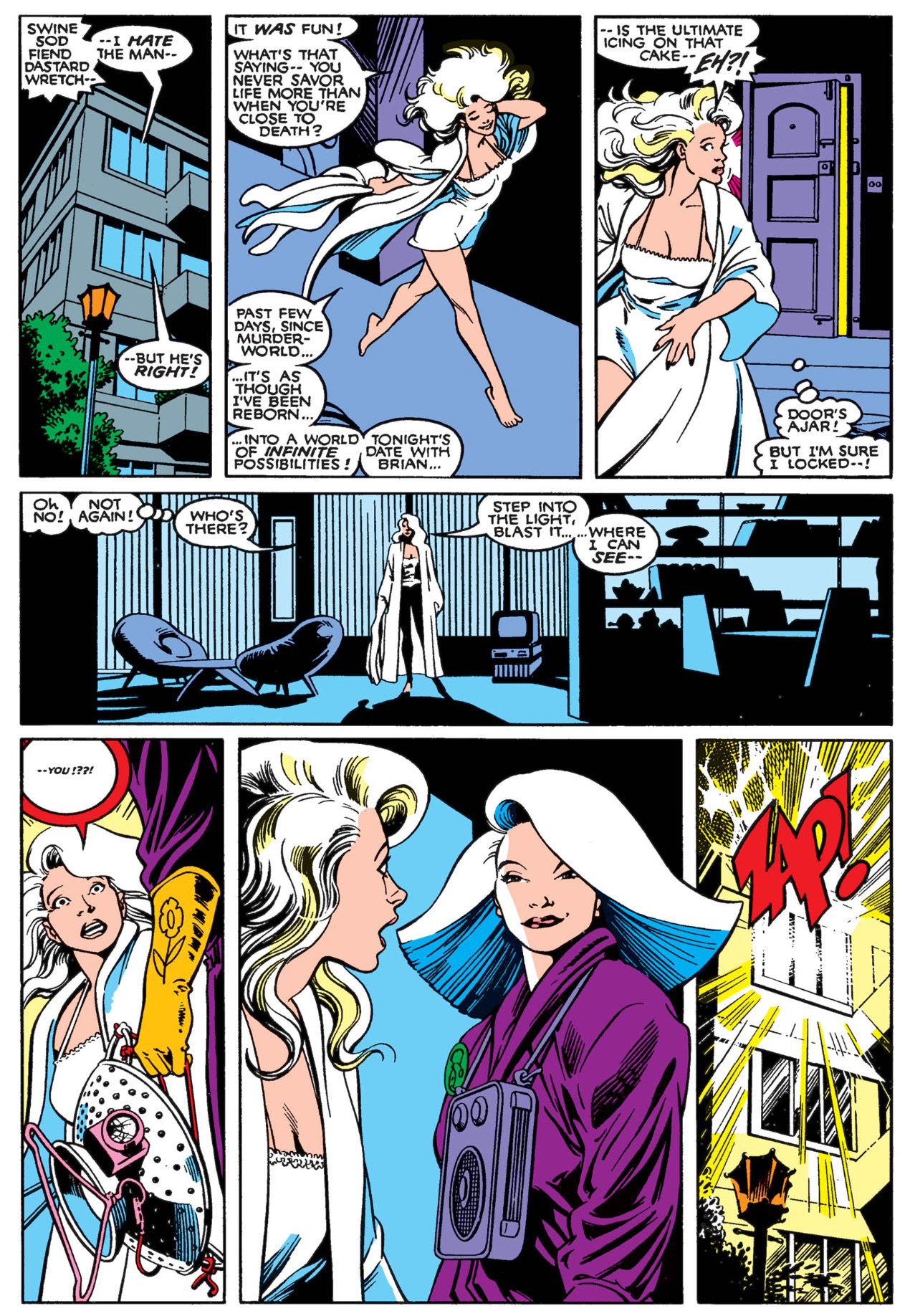
On the death of Courtney Ross:
“Courtney’s death establishes continuity with Captain Britain, which, under Moore & Delano, was all about showing that superheroic adventuring has consequences. Her death is harsh, but poignant.”-Andrew
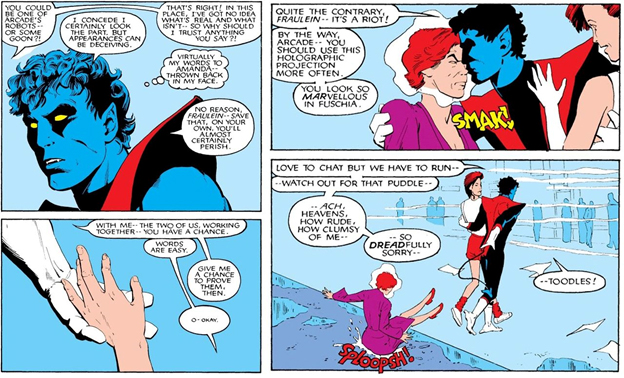
On the narrative function of villains:
“Arcade often functions as a foil for characters to get their groove back, including sexually. He fills that role for Nightcrawler in Uncanny X-Men #204, does that for Courtney here.”-Anna
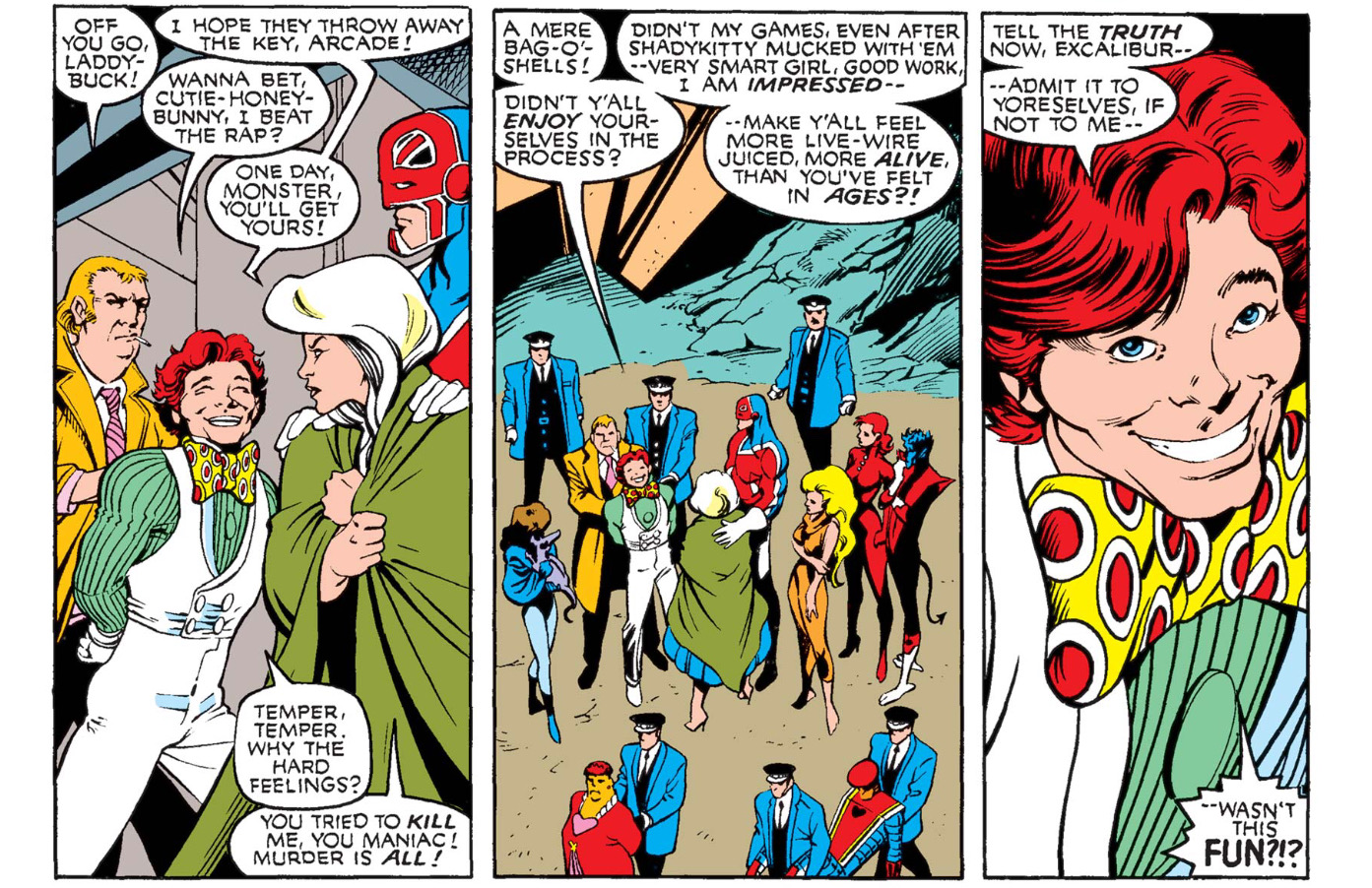
More villainous rhetoric:
“There’s something reductive about the phrase ‘a villain should be.’ A villain should be whatever an individual story needs them to be. Arcade is the right villain for Courtney’s journey here.”-Mav
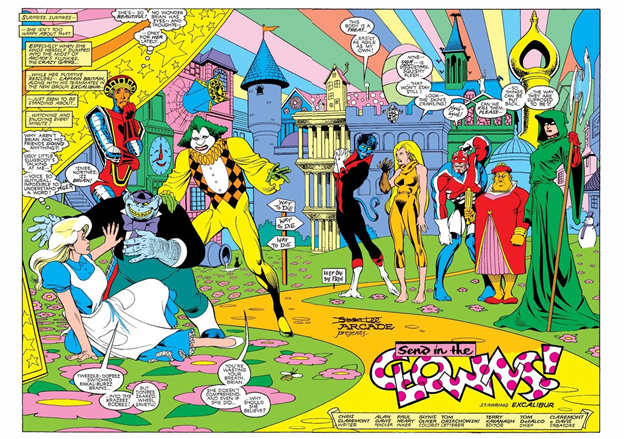
On British influences:
On British influences: “Davis has a very British style, but he’s Marvel-ed the heck out of it here with the help of Paul Neary’s heavy inks, similar to what happens to Brian Bolland when he comes over to DC.”-Andrew
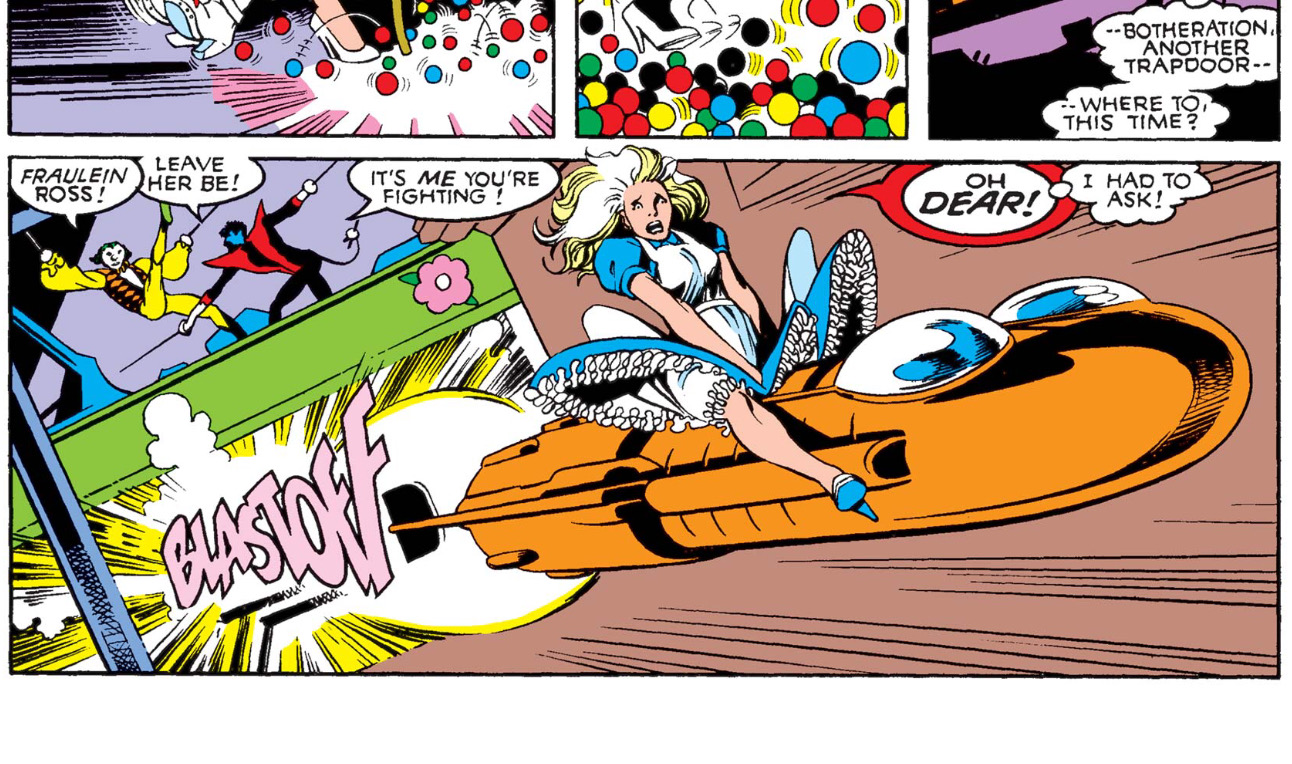
More influences:
“I see a lot of similarity to Alan Moore’s work in 2000 AD, where he specifically writes genre trap stories, but they’re really, really goofy, almost to the point of absurdism. Davis maintains that absurdism on a visual level.”-Shawn
“Claremont was deeply influenced by the British comic Dan Dare, in terms of long-form storytelling. But we also see a visual influence. When Courtney rides the rocket, it’s Dare’s ship, the Anastasia.”-Andrew

On queer subtext:
“Kitty and Rachel’s relationship conforms to a trope Claremont often falls back on, of a romantic or sexual relationship being represented canonically as a spiritual or psychic bond.”-Andrew
“That’s not how Rachel’s powers work. That’s not how Kitty’s powers work. Kitty went inside Rachel’s body because Kitty wanted to go inside Rachel’s body…. How they got this past the Code sort of amazes me.”-Mav
“I’m frustrated that Kitty and Rachel don’t get to be more explicitly queer; they don’t get to have anything like the loaded glance Kitty and Courtney share…. And yet, the sexual metaphor here is intensely queer. You’re talking about a woman entering another woman and then an orgiastic explosion with diverse gender connotations, facilitating diffuse gazes among the team.”-Anna
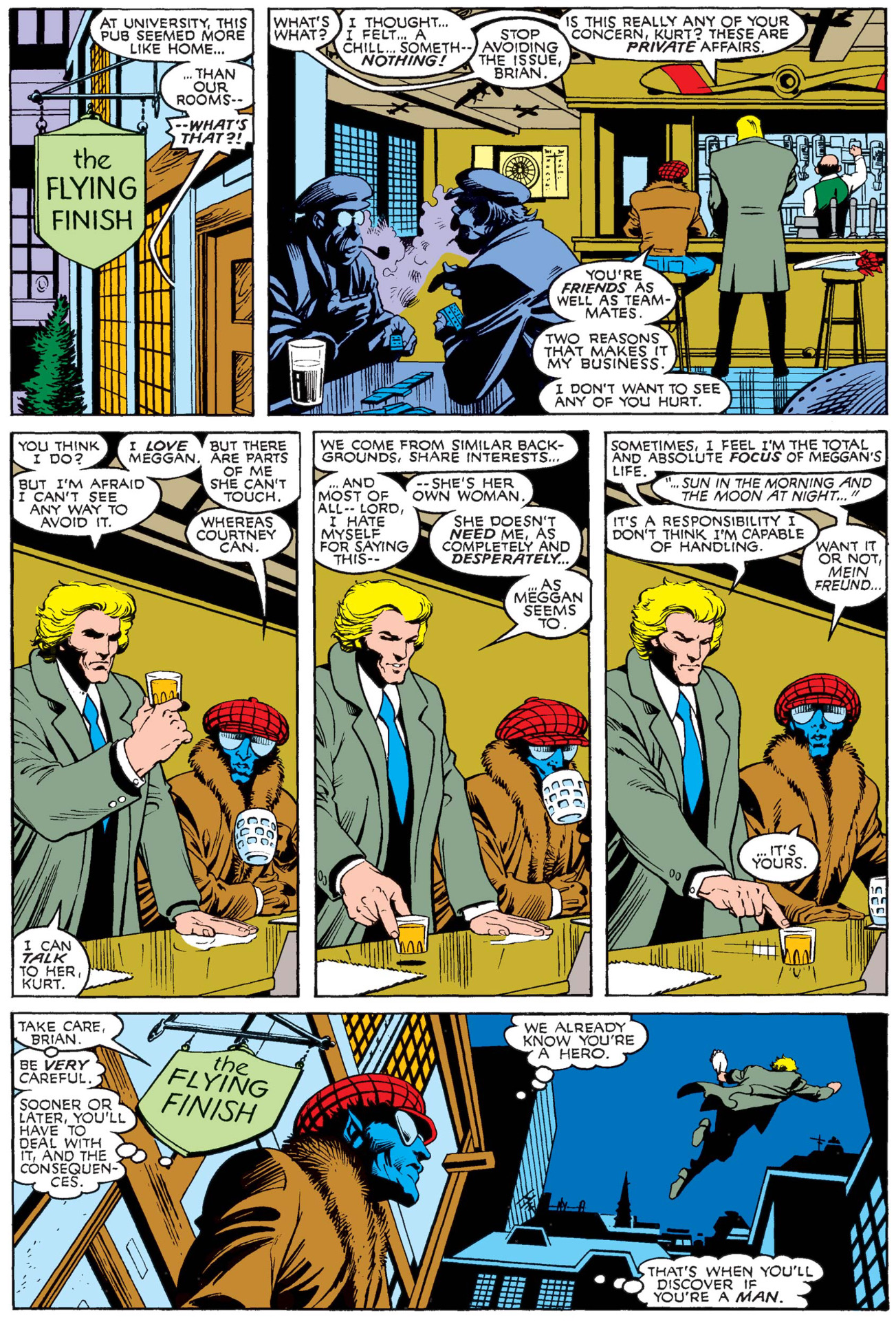
And more love triangle shenanigans:
“Kurt is conspiring with Brian to help him to cheat on his girlfriend while also being her shoulder to cry on. I’m going to have to book him on some morning shows to do damage control on his behavior here.”-Anna
Want more?
For more on what Shawn Gilmore gets up to, check out The Vault of Culture. Featuring Anna’s essay, “‘Til Death Do We Part, at Least for a While: My Undying Love Affair with Undying Superheroes” (subtitled: “How I Learned to Stop Worrying and Love Being in Love with Nightcrawler”).
And check out Anna’s thread for The Claremont Run on the interplay between Nightcrawler and Arcade in Uncanny X-Men #204, which may be one of the roadmaps for Excalibur.
And as usual:
You can find Anna on Twitter (@peppard_anna) and on her podcast with Andrew and Michael Hancock, Three Panel Contrast (@3PanelContrast).
You can find Andrew on Twitter (@ClaremontRun).
You can find Mav on Twitter (@chrismaverick) and on his podcast, VoxPopcast (@VoxPopcast).
Enjoy!
-GGW Team

